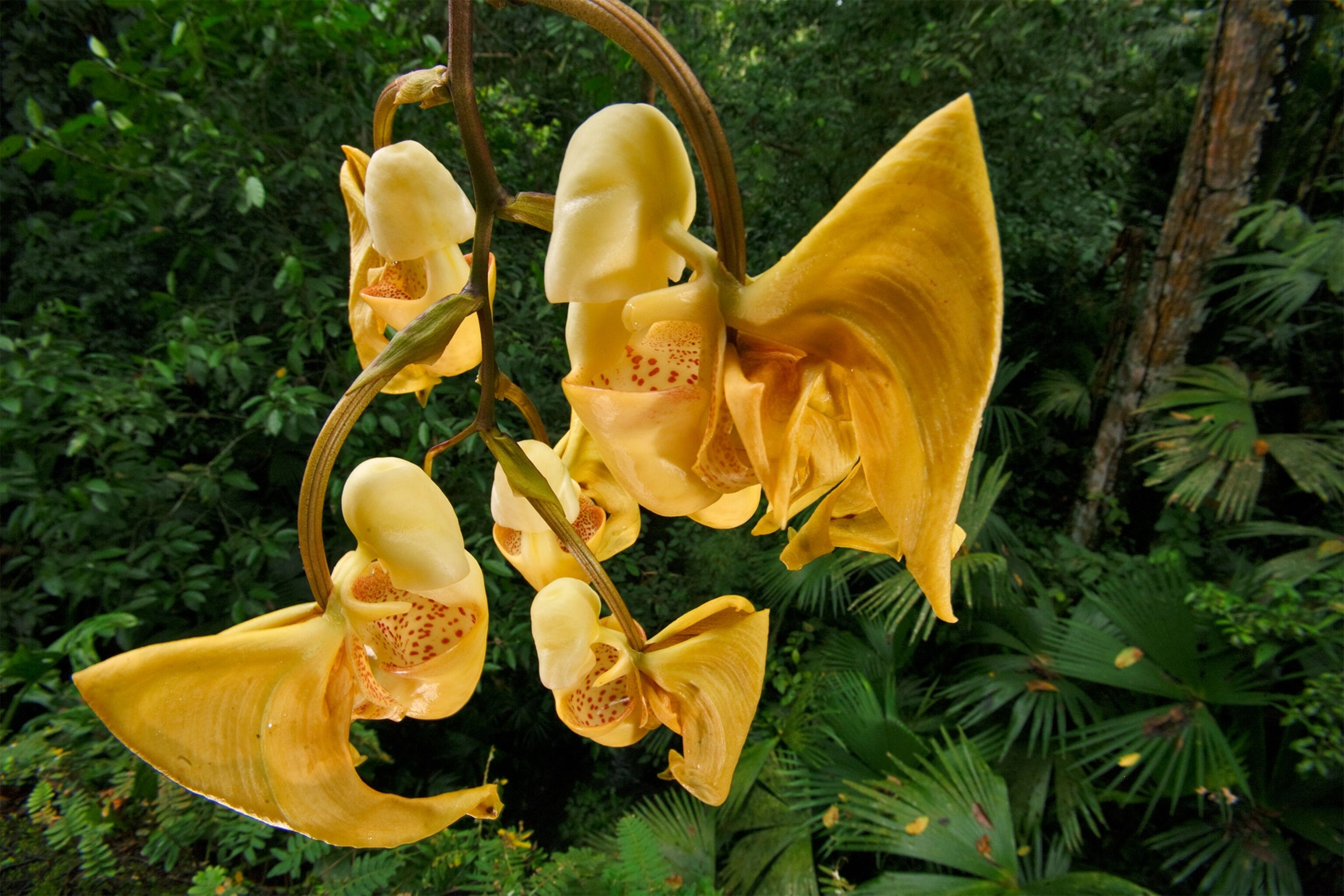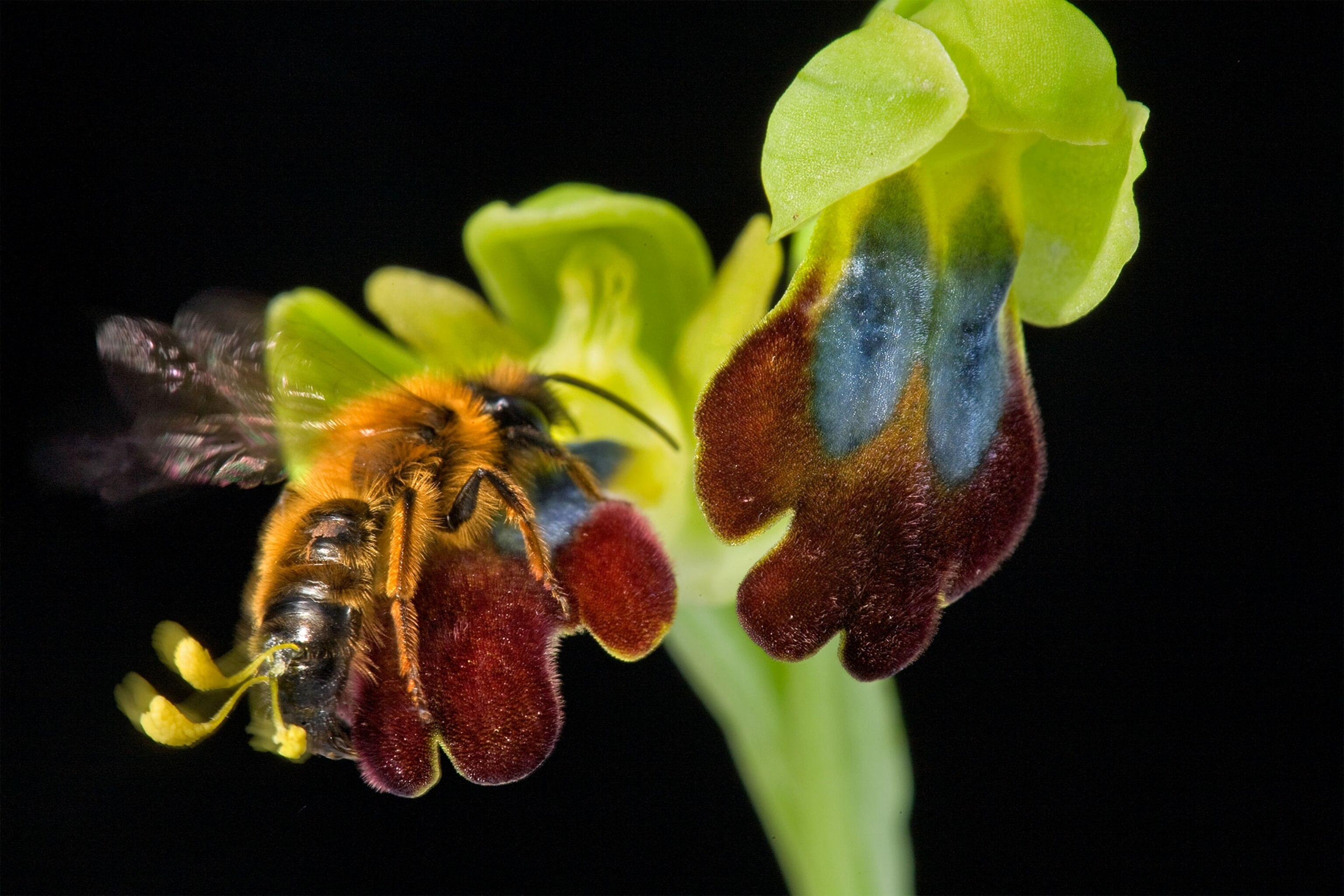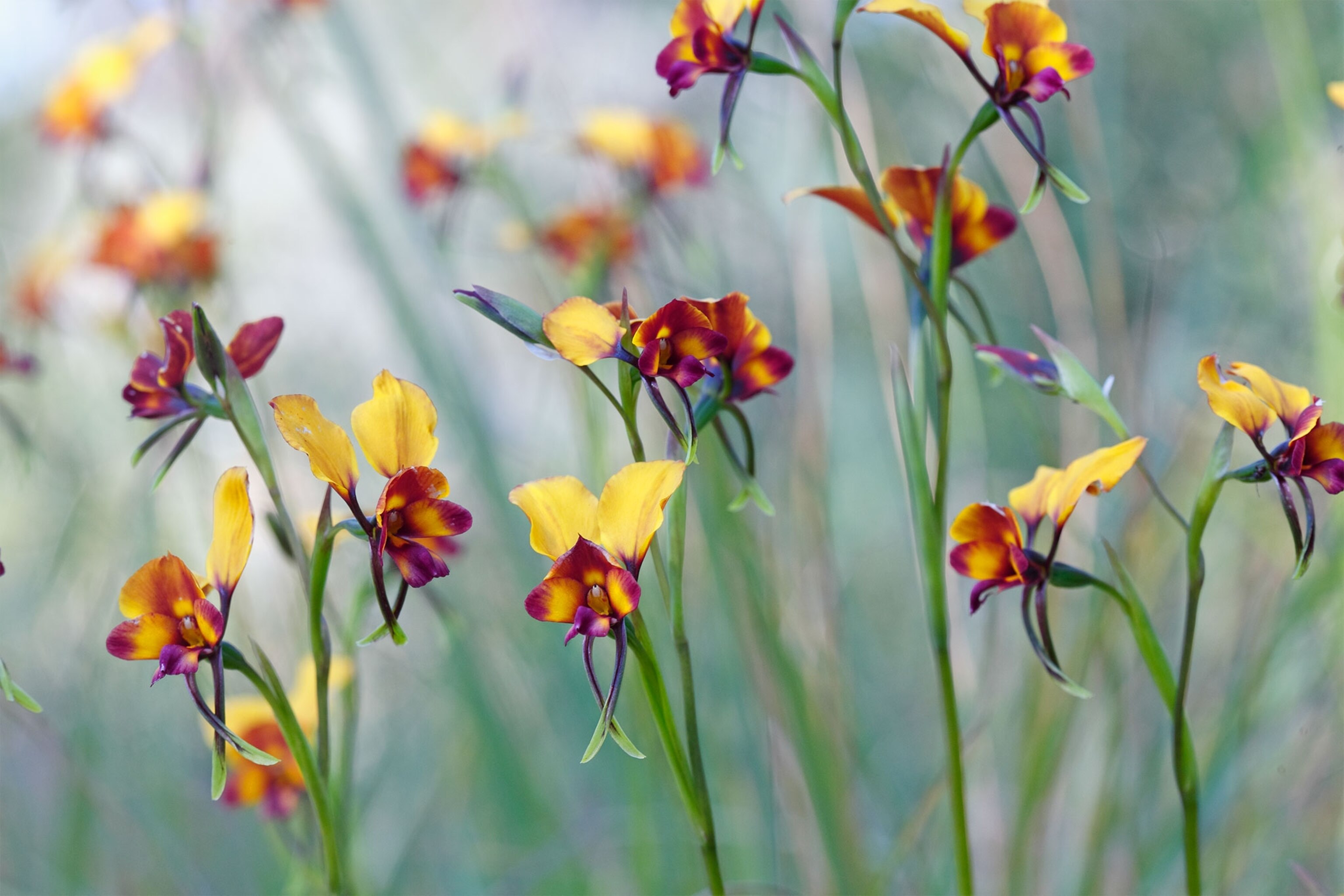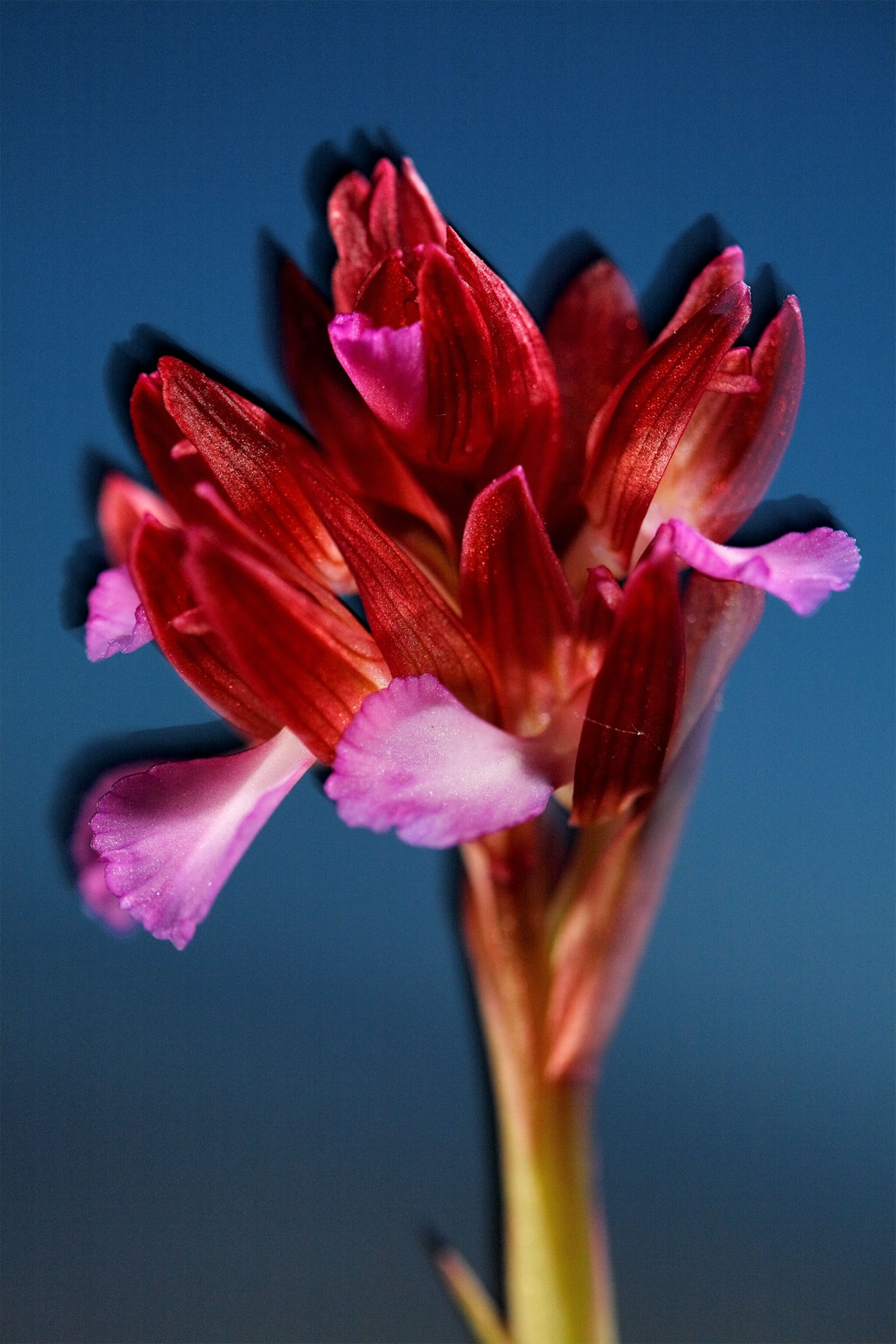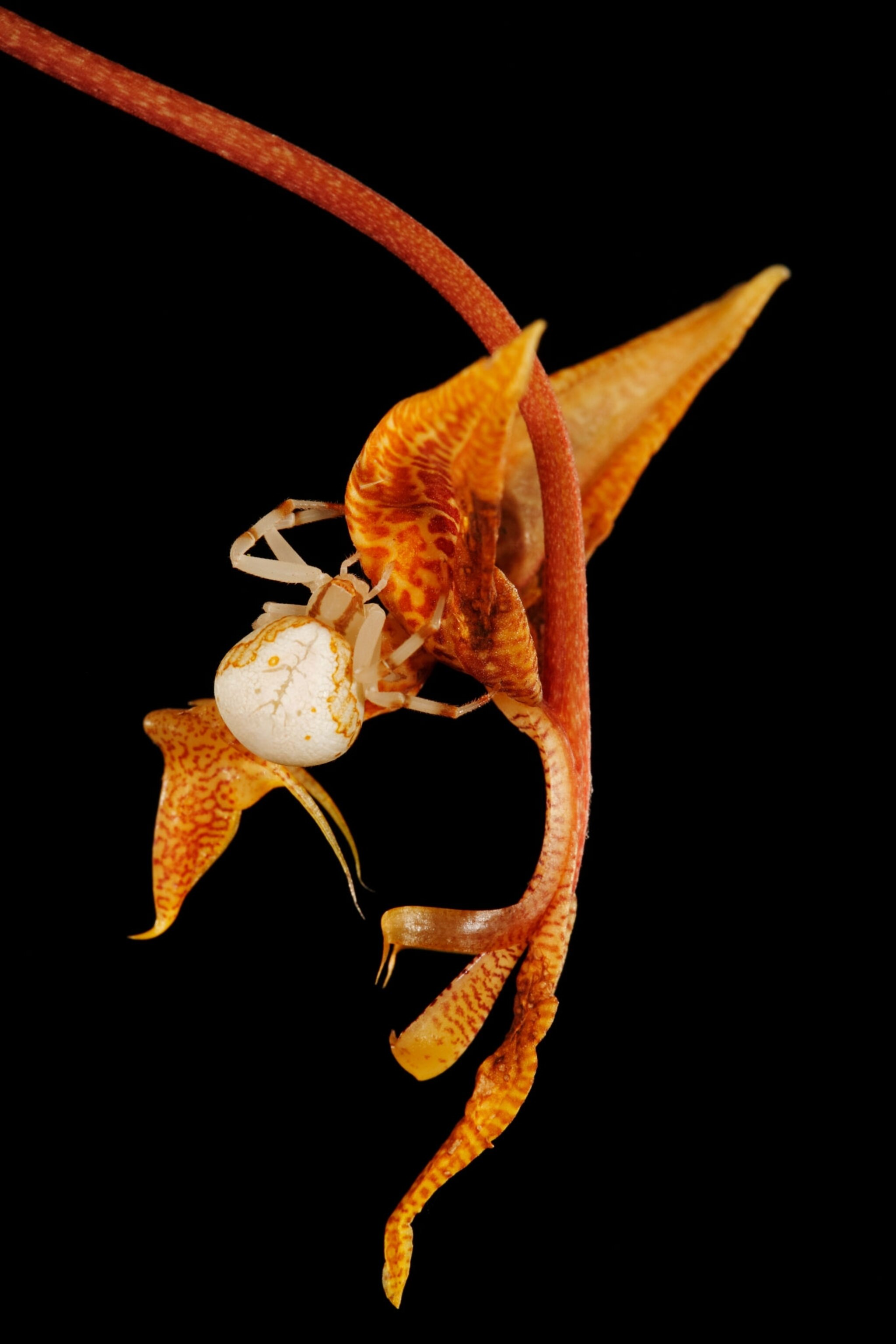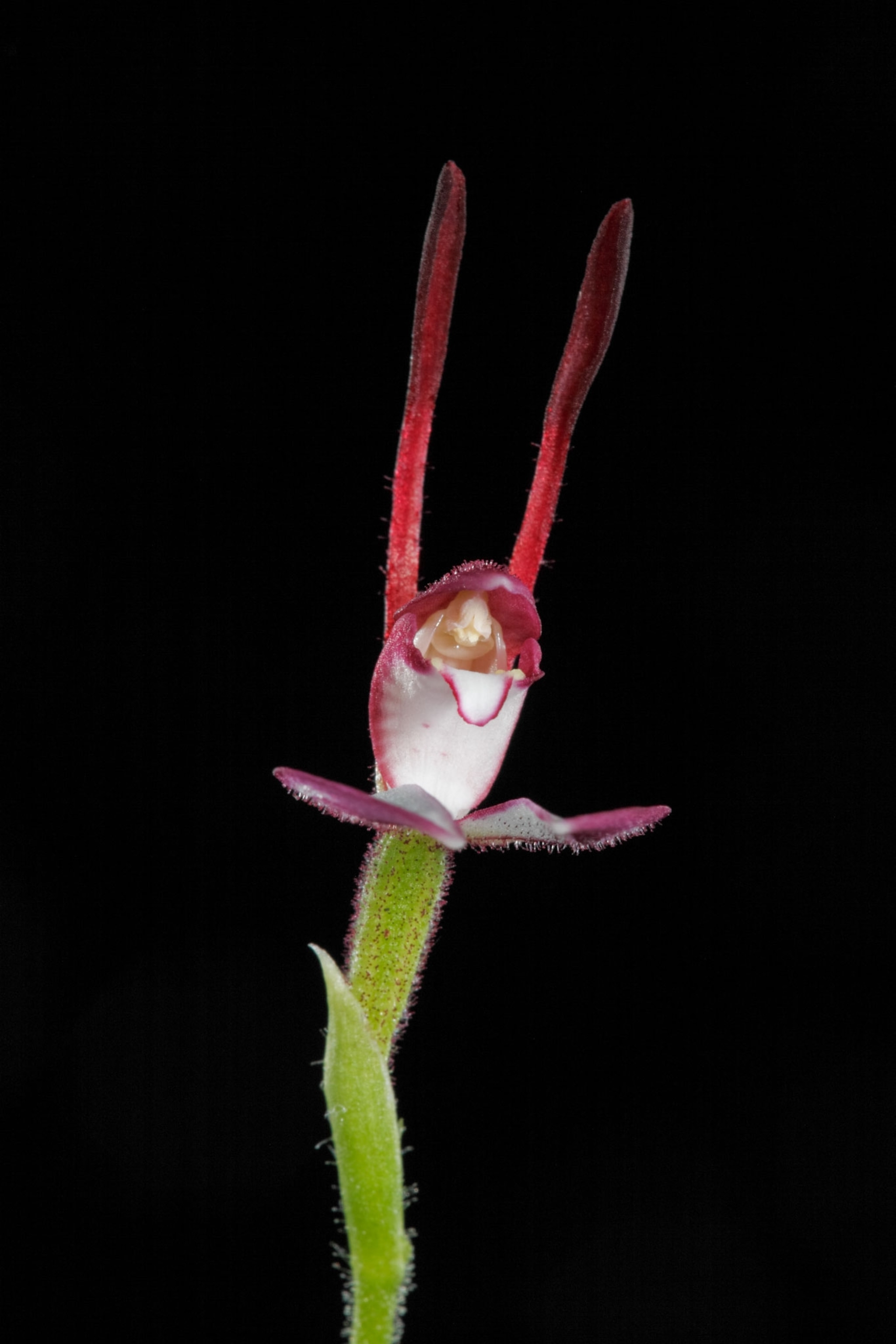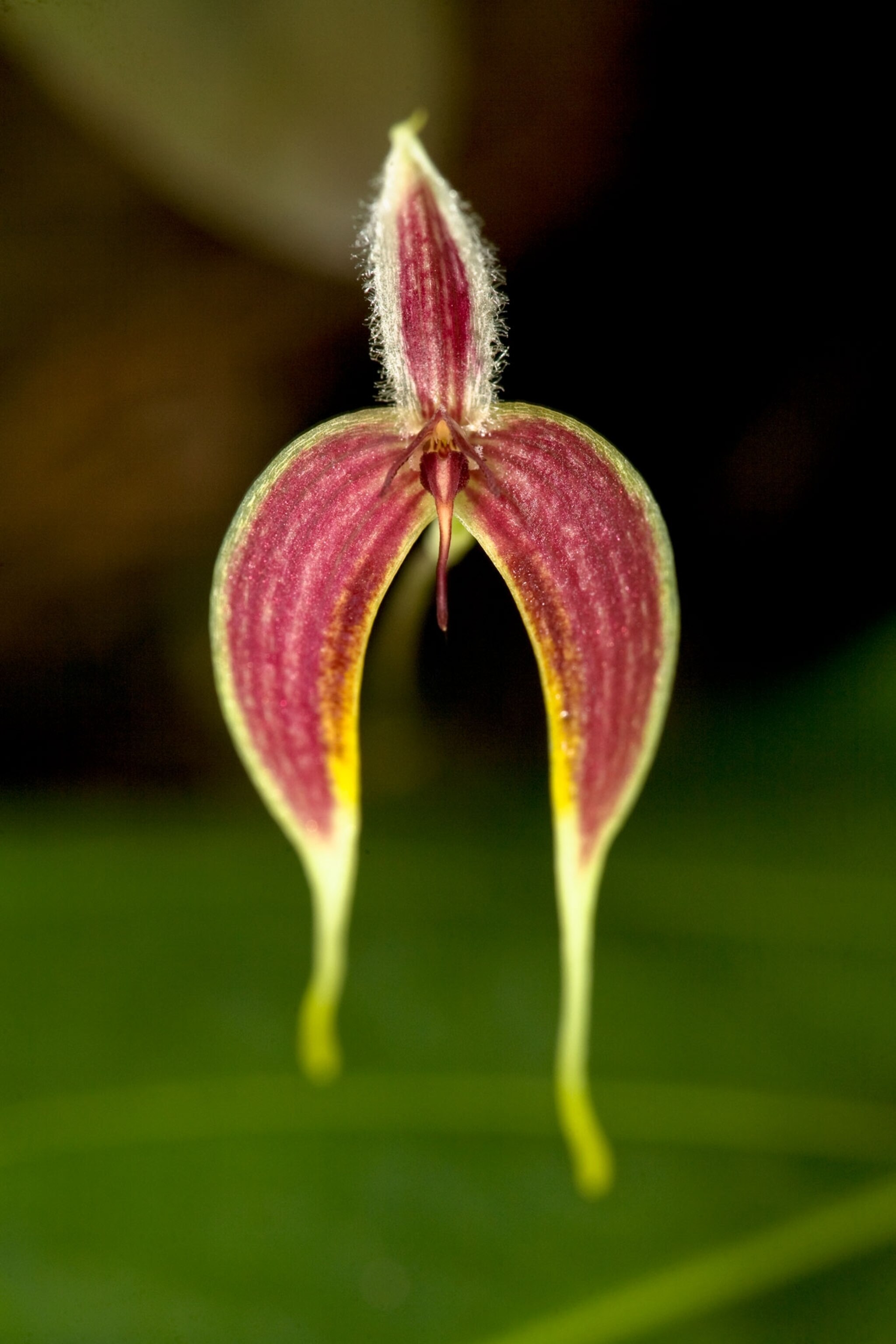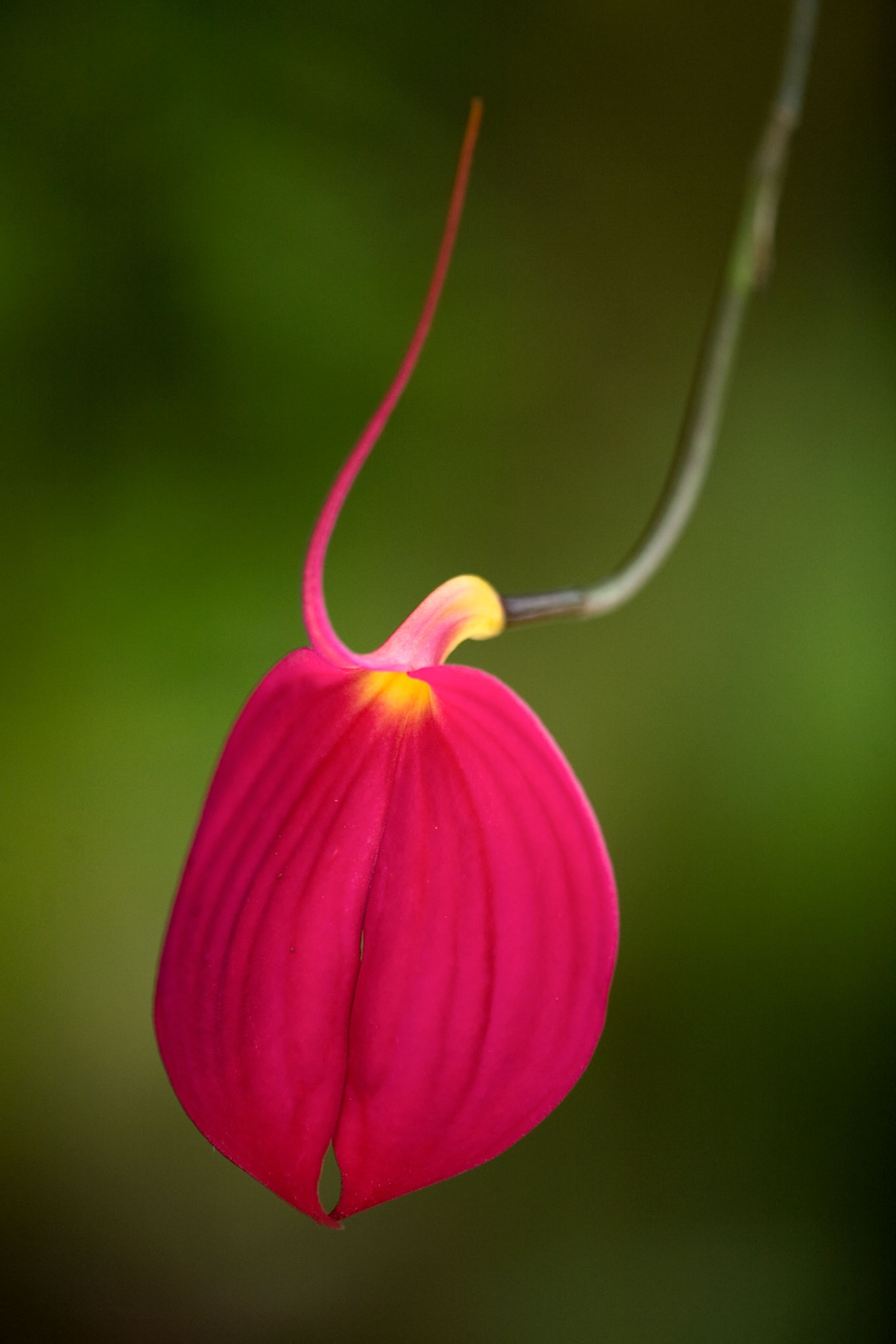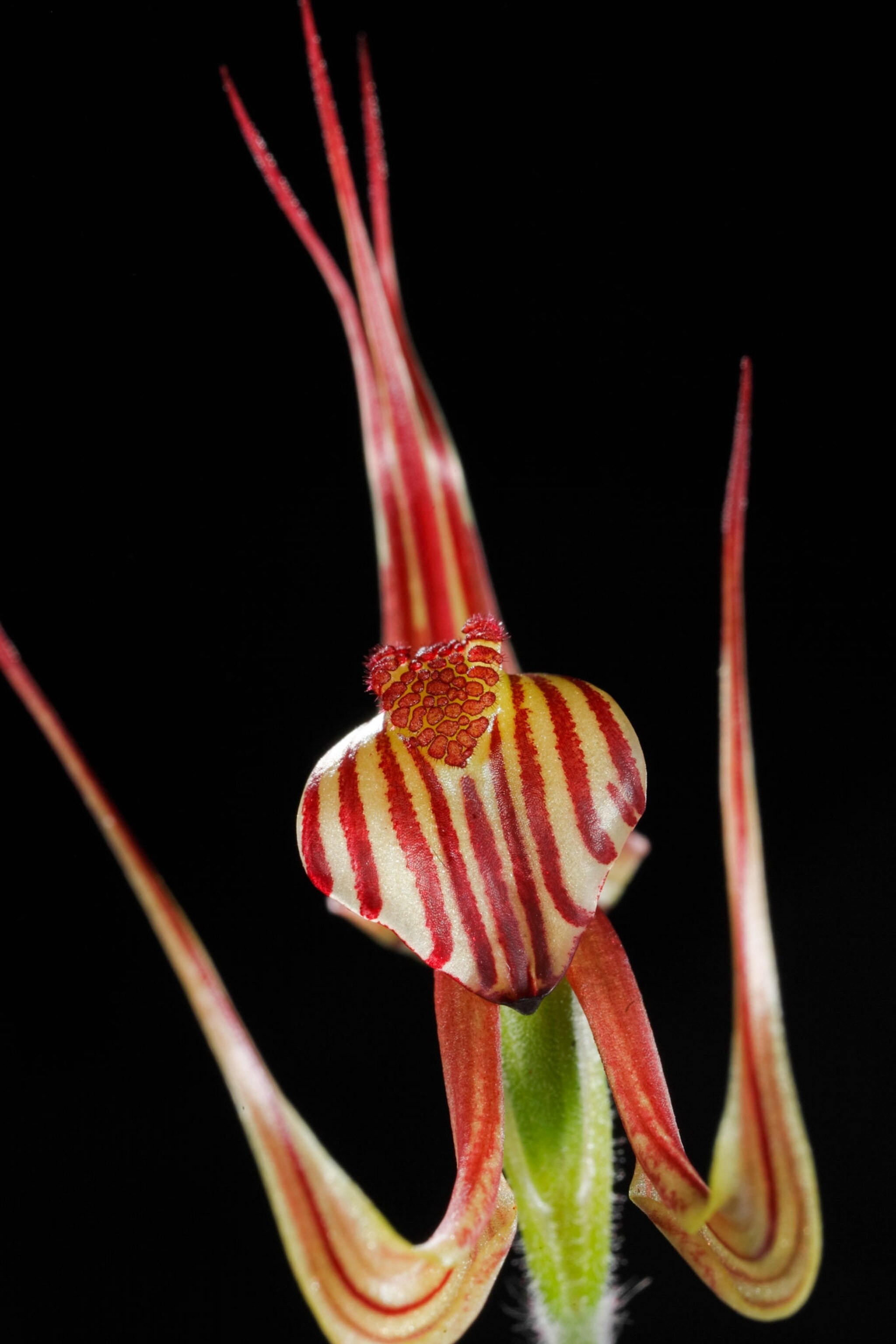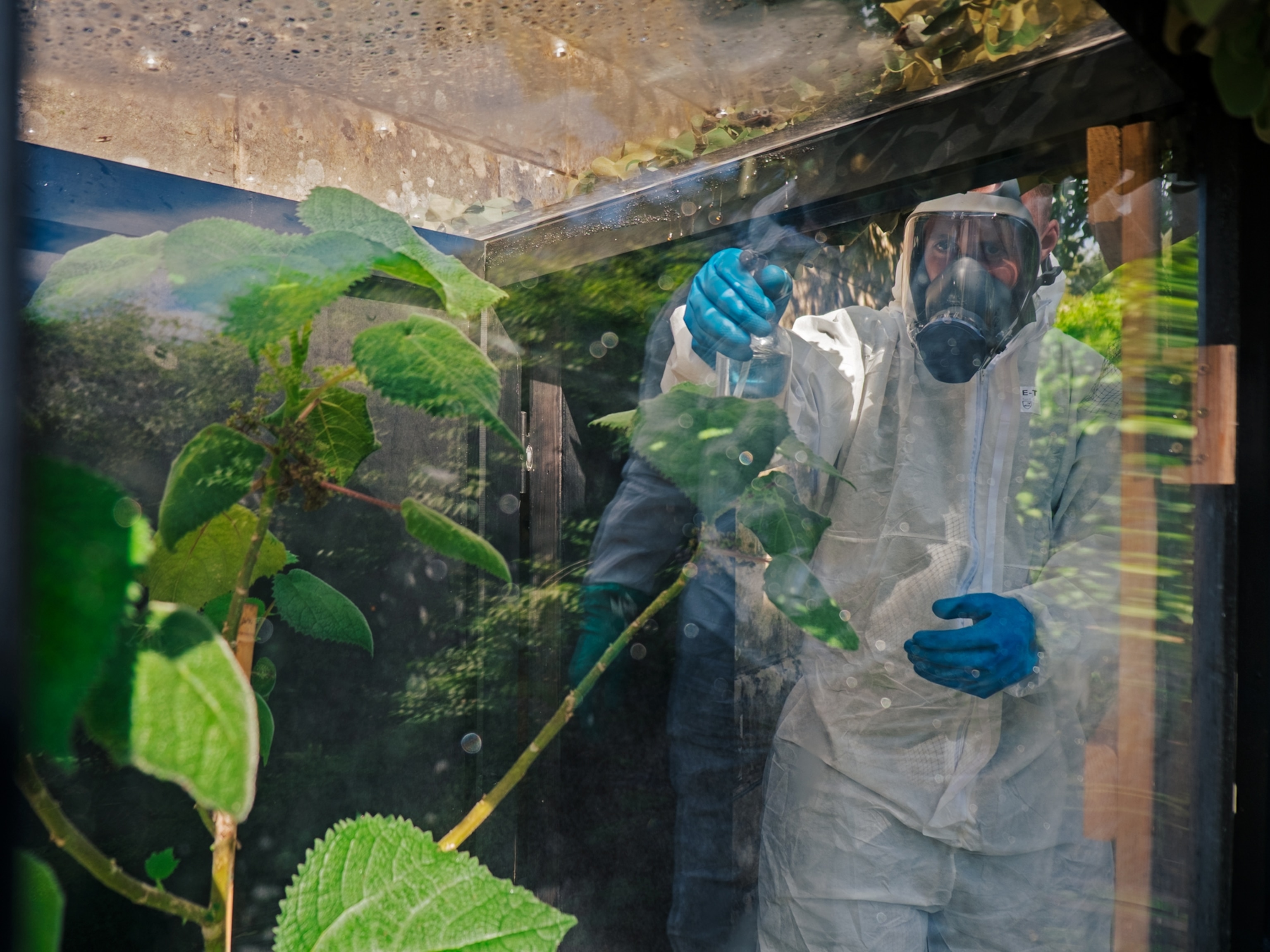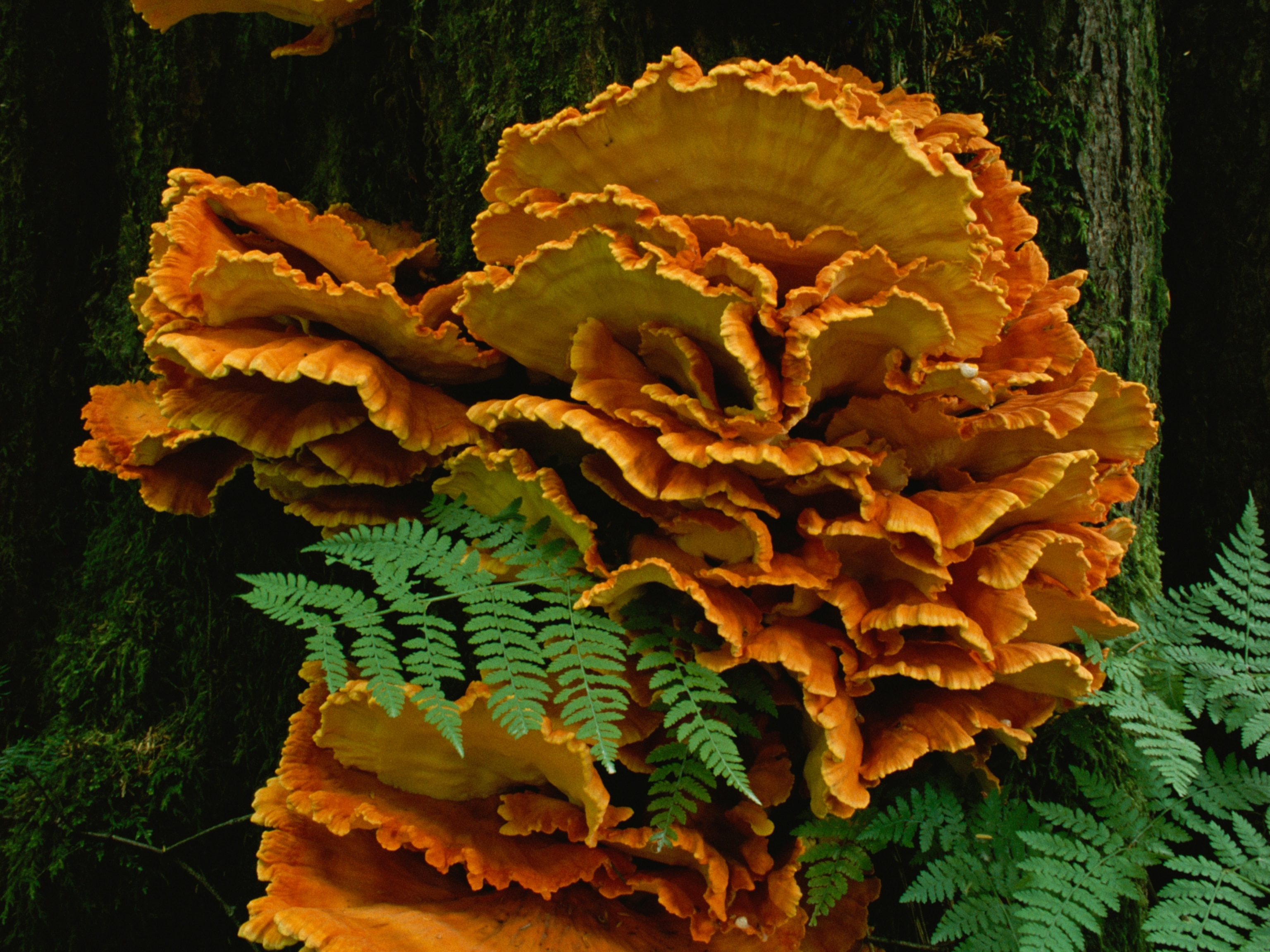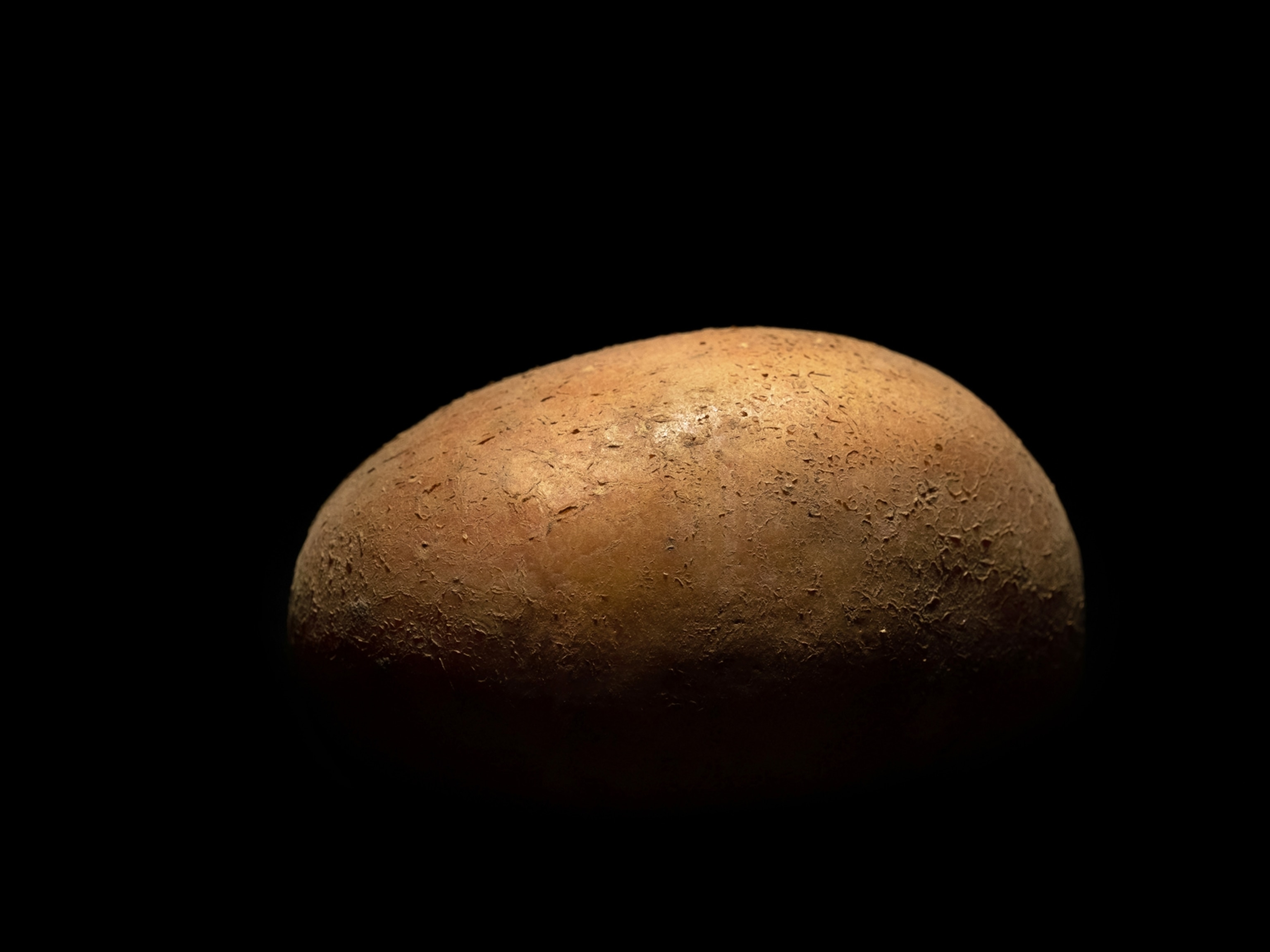Are Traders and Traffickers Winning the Orchid Battle?
Orchids are wanted for everything from decoration to food and medicine, but illegal collectors could be wiping out species before we even know they exist.
More than 1.1 billion orchids were bought and sold around the world during a recent decade. Ninety-nine percent of them were artificially propagated, not taken from the wild, according to a 2017 review of the orchid trade. But what this number doesn’t account for is the booming illegal trade in wild orchids.
Although scientists don’t know just how many wild orchids are collected and sold on the black market each year, it’s clear that the trade is a serious problem. Even among the tens of thousands of orchid species known to scientists, many species can no longer be found locally—or anywhere.
Orchids are especially vulnerable to overharvesting because many species occur in one location and have low population densities. “You only have to collect a few here and there to potentially wipe out an entire species,” says Jacob Phelps, co-chair along with Amy Hinsley of the global trade program of the orchid specialist group within the International Union for Conservation of Nature, which sets the conservation status of wildlife species. Some orchids have been shown to be at risk of extinction if as little as 5 percent of the population is harvested.
Most people are familiar with orchids as ornamental plants—they come in a huge variety of colors, shapes, and sizes—and buy them to keep at home simply because they’re attractive. Serious collectors and breeders are always looking for the newest and rarest.
Orchids are also consumed: Vanilla beans are from orchids—mostly farmed—and the starchy tubers of certain wild orchid species are boiled, dried, and ground up to make powder for salep, a traditional Turkish drink, or chikanda, a central African cake made of ground orchid tubers and peanuts.
Plus there’s their use in traditional medicine. In China the dried stems of dendrobium orchids make shi-hu, which is believed to help with fevers, dry mouth, and other ailments. Nepal’s Ayurvedic medicine also uses as many as 94 different orchid species to treat a variety of ailments.
What really worries Phelps is the fact that traders and criminals are doing a much more thorough job of finding rare orchids—and at times, discovering new orchid species—than scientists.
“The traders are putting in more legwork collecting than we are,” Phelps says. “We’re getting new species that are immediately entering trade.”
In fact scientists first learn about many species of orchids because they’d turned up at markets and nurseries. Take Bulbophyllum kubahense. Likely existing only in Kubah National Park, in Malaysian Borneo, this flower appeared in Singaporean nurseries before scientists had formally described the species.
“Here we are presented with a moral issue as taxonomists,” wrote Jaap Vermeulen and Anthony Lamb, the first to describe the species. “Describing a new, possibly critically endangered species will increase its commercial value and will further endanger the population.”
Just that has happened many times. For example, within a year of one newly discovered species of Vietnamese orchid, Paphiopedilum canhii, being described in a scientific publication, more than 99 percent of its population was wiped out by illegal commercial collectors.
To counter this phenomenon, some recent new species descriptions have withheld information on specific locations. But this approach makes no difference for species that are discovered via the trade because illegal harvesting networks have already been established, Phelps says.
“The discovery of new species is last chance to reveal real biological diversity of our planet,” says Leonid Averyanov, the scientist who discovered that Vietnamese orchid. “In this case some of them will be preserved at least in museums or botanical gardens. If not, they have no chance to be mentioned in scientific annals of our civilization.
“When a trader whose job it is to go out and find plants tells you they can no longer find the plant, or they have to travel farther, that tells us something,” Phelps says. “These people are trying—they’ve got a vested interest. And if they say it’s getting harder, that sends a pretty clear signal.”

